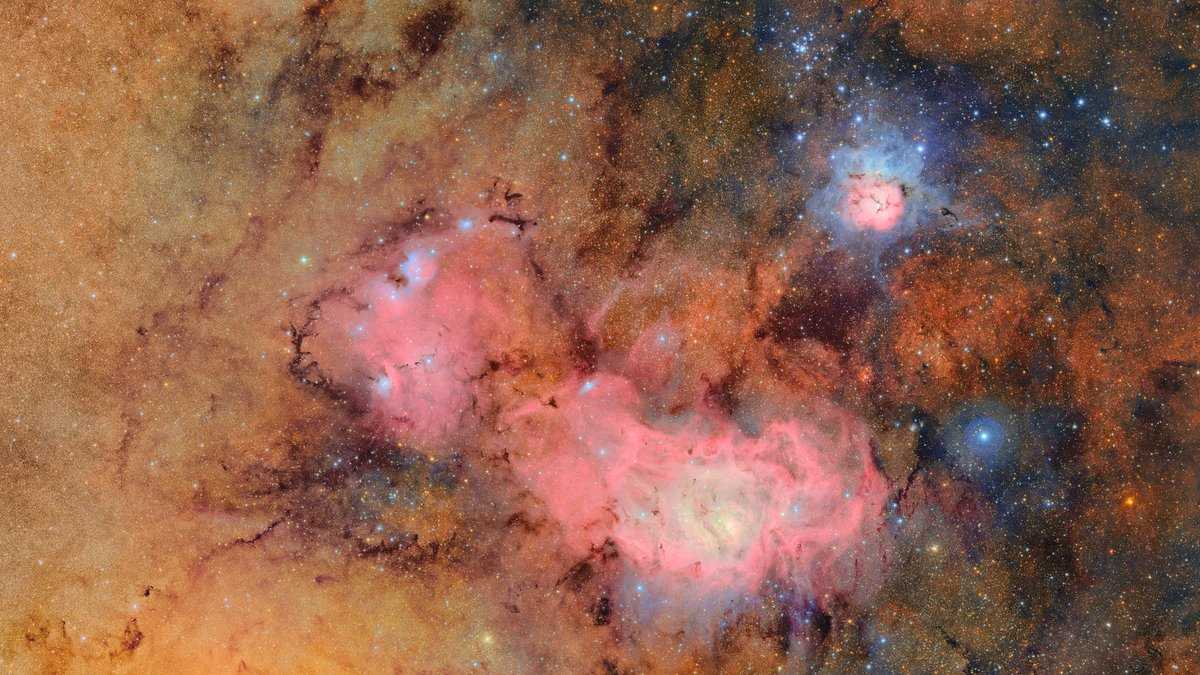Science
The Alps are Losing Their Glaciers: They Could Disappear Within Decades
06 January 2026

The cutting-edge Vera C. Rubin Telescope just unveiled its first sky images. They are incredibly detailed, allowing for almost endless zooming. You can see thousands of galaxies, nebulae, and asteroids. This is only the beginning of a 10-year project that could completely transform how we perceive the universe.
An observatory built atop Cerro Pachón in Chile opens a new era in space research. The Vera C. Rubin Telescope, equipped with the widest field of view in history, has just begun operations. Its initial images already prove that it captures the most beautiful space photos we’ve ever seen.
Scientists presented the first images from the new telescope on June 23, 2025. Although these photographs resulted from only 10 hours of observation, their quality is truly breathtaking.
“It’s incredible how much we’ve seen in such a short time,” said astronomer Yusra AlSayyad from Princeton University, quoted by Scientific American.
Recommended: Stunning Mars Photo: The Red Planet Looks Almost Like Earth
One of the images shows the Triffid Nebula and the Lagoon Nebula. These are two extraordinary stellar nurseries in the constellation Sagittarius. The telescope captured them with exceptional precision, combining 678 individual shots into one. This technique reveals subtle parts of the sky normally invisible.
Another image features the Virgo galaxy cluster, a vast concentration located far from the Milky Way. The contrast between bright stars from our galactic neighborhood and distant galaxies creates an effect of extraordinary depth. This contrast precisely makes them the most beautiful space photos ever recorded.
The Rubin Telescope does more than just freeze a moment; it also registers changes. It was designed to track dynamic phenomena like supernovae, moving asteroids, and variable stars. Thanks to this, we can view the most beautiful space photos in real time.
During the presentation, scientists showed a video composed of over 1,100 images. It features approximately 10 million galaxies, a true kaleidoscope of colors and forms. This image can easily be counted among the most beautiful space photos.
But that’s not all. A second video, in turn, shows over 2,000 asteroids detected within the first 10 hours of observation. And this is just the beginning. The Rubin telescope’s main mission, called “Legacy Survey of Space and Time,” will last a full 10 years.
During this time, the telescope will scan the entire southern sky every three nights. The collected data will create a colorful, dynamic map of the cosmos. Scientists involved in the project claim it will be more accurate than ever before.
The new observatory marks a breakthrough not just for scientists, but also a treasure for everyone curious about the world. The images will be publicly available. Everyone will be able to peer deep into the universe and admire the most beautiful space photos without leaving home.
Furthermore, for researchers, it presents an opportunity to more accurately explore and understand the cosmos’s structure, dark matter, and identify objects that might threaten Earth.
“I can’t believe this moment has finally arrived. It’s the result of years of work,” added AlSayyad.
The Rubin Observatory allows us to look deep into the universe like never before. Indeed, we have gained new eyes for gazing at the night sky, revealing truly the most beautiful space photos.
Read more: The Night Europe Went Dark Exposed Hidden Crisis and Broken System